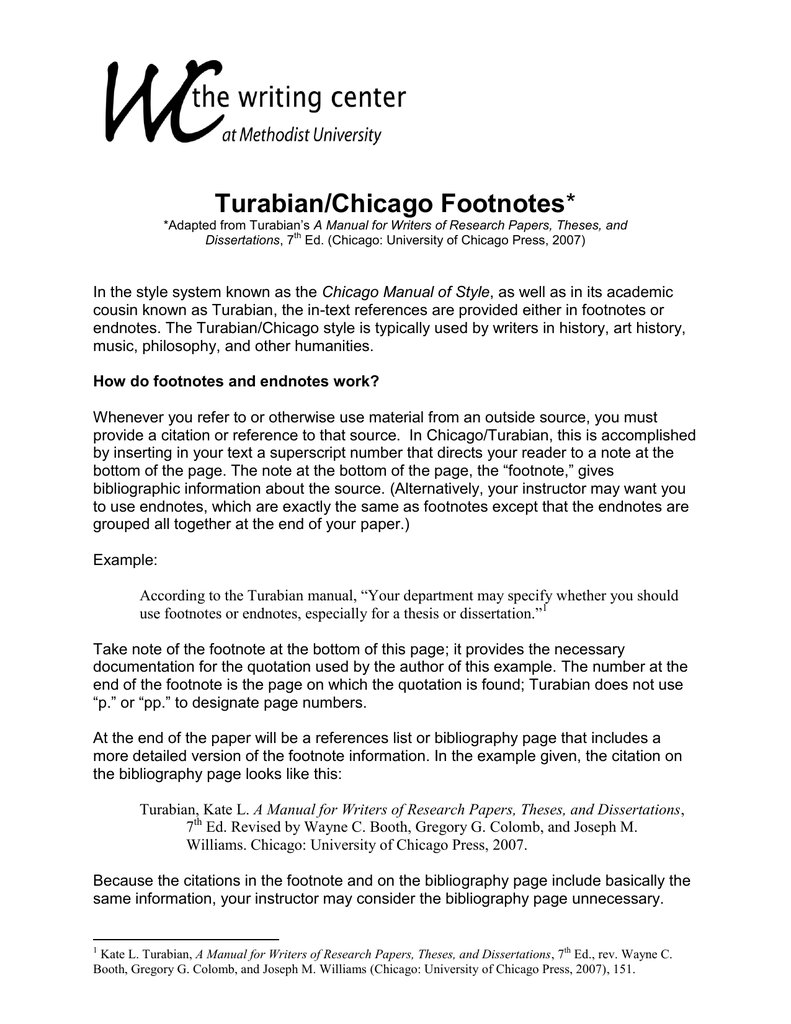
In addition to footnotes/endnotes, your paper will also have a bibliography: a list of all of the sources you cited in your paper, arranged in alphabetical order by last name of each author.
 Footnotes/endnotes are double spaced, and the first line only is indented from the left margin. Notes consist of one numbered list, do not restart numbering on each page or try to "reuse" a footnote number when citing a source more than once throughout the paper. For the first footnote/endnote, use a numeral in normal font starting with “1” and continue numbering in this manner. "Lincoln's vision of democracy-a vision, it should be noted, strongly shared by Tarbell-could only be saved if the Union was saved.Footnotes are numbered notes that appear at the bottom of each page of your paper.Įndnotesare formatted exactly the same as footnotes, but appear at the end of your paper, in one long list. If do not include a bibliography, the footnotes/endnotes in your paper must be full citations. If you include a bibliography, or if you are citing a source for the second time, you can use shortened citations for your footnotes or endnotes.
Footnotes/endnotes are double spaced, and the first line only is indented from the left margin. Notes consist of one numbered list, do not restart numbering on each page or try to "reuse" a footnote number when citing a source more than once throughout the paper. For the first footnote/endnote, use a numeral in normal font starting with “1” and continue numbering in this manner. "Lincoln's vision of democracy-a vision, it should be noted, strongly shared by Tarbell-could only be saved if the Union was saved.Footnotes are numbered notes that appear at the bottom of each page of your paper.Įndnotesare formatted exactly the same as footnotes, but appear at the end of your paper, in one long list. If do not include a bibliography, the footnotes/endnotes in your paper must be full citations. If you include a bibliography, or if you are citing a source for the second time, you can use shortened citations for your footnotes or endnotes. 
Footnotes/endnotes are formatted differently than bibliography citations. You use a superscript number in the text that corresponds to a note with citation information at the end of the document (endnotes) or at the bottom of the page (footnotes). Bibliographies are usually included at the end of your paper. Bibliographies are optional in the Chicago Manual of Style, but be sure to ask your professor for their requirements.įootnotes or endnotes are how you give credit to a source in the text itself. In the Chicago Manual of Style (also known as Turabian), a bibliography is an alphabetical list of all of the sources that you have quoted, paraphrased, and/or summarized in the body of your research-based assignment.






 0 kommentar(er)
0 kommentar(er)
